Back in the day, our parents had a go-to fix for just about everything—usually passed down from their parents, neighbors, or that one handy uncle who probably wasn’t actually all that handy. But as we’ve learned the hard way, not all of those home remedies or DIY solutions actually helped—and in many cases, they made things noticeably worse. From pouring soda down the drain to “cleaning” with bleach in places it never belonged, these fixes were more folklore than function. Let’s take a look at a dozen common ones and how modern research (and a few broken appliances) prove it’s time to leave them in the past.
1. Using Coca-Cola to Unclog Drains
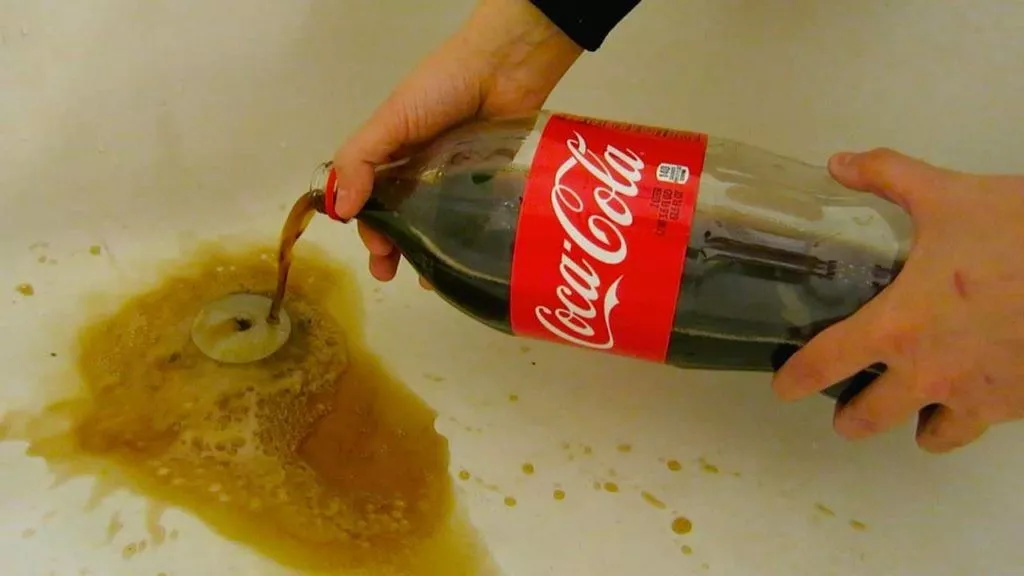
Parents swore by pouring Coke down the sink to eat away at gunk and grease, treating the soda like a magic elixir. The theory was that its acidity—primarily phosphoric acid—would break down whatever was clogging the pipe. But according to Consumer Reports, soda isn’t nearly strong enough to clear real blockages, and the sugar content can actually make the problem worse by leaving behind sticky residue. It’s more of a myth than a method.
In reality, you’re better off with an enzymatic drain cleaner or a simple hot water and baking soda combo. If the clog is serious, only a proper snake or a professional plumber will do. Using soda is like putting a Band-Aid on a pipe leak—it delays the problem rather than solving it. Plus, over time, it can contribute to buildup rather than removing it.
2. Bleach for Everything
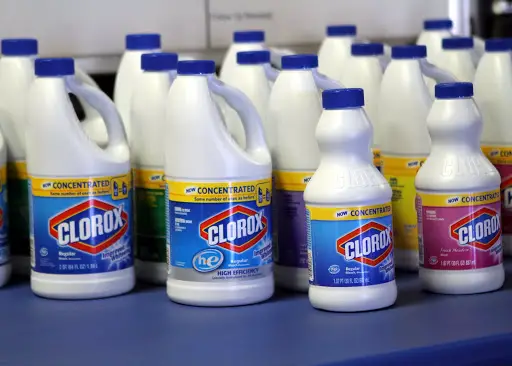
If there was a mystery stain or musty smell, out came the bleach—often undiluted and used liberally. While bleach is a powerful disinfectant, WebMD warns it’s not always the right tool and can cause damage on porous surfaces, fabrics, and certain metals. It can also react with other cleaners and release toxic fumes, especially when mixed with vinegar or ammonia. More bleach didn’t mean more clean—it often just meant more damage.
Overuse of bleach can also wear down tile grout, fade colored fabrics, and even degrade plastic materials. Your parents meant well, but scrubbing everything with it wasn’t always safe or smart. These days, there are surface-specific cleaners for a reason, and most of them are a lot safer. Less chemical warfare in the bathroom, more targeted cleaning.
3. Hairspray to Remove Ink Stains
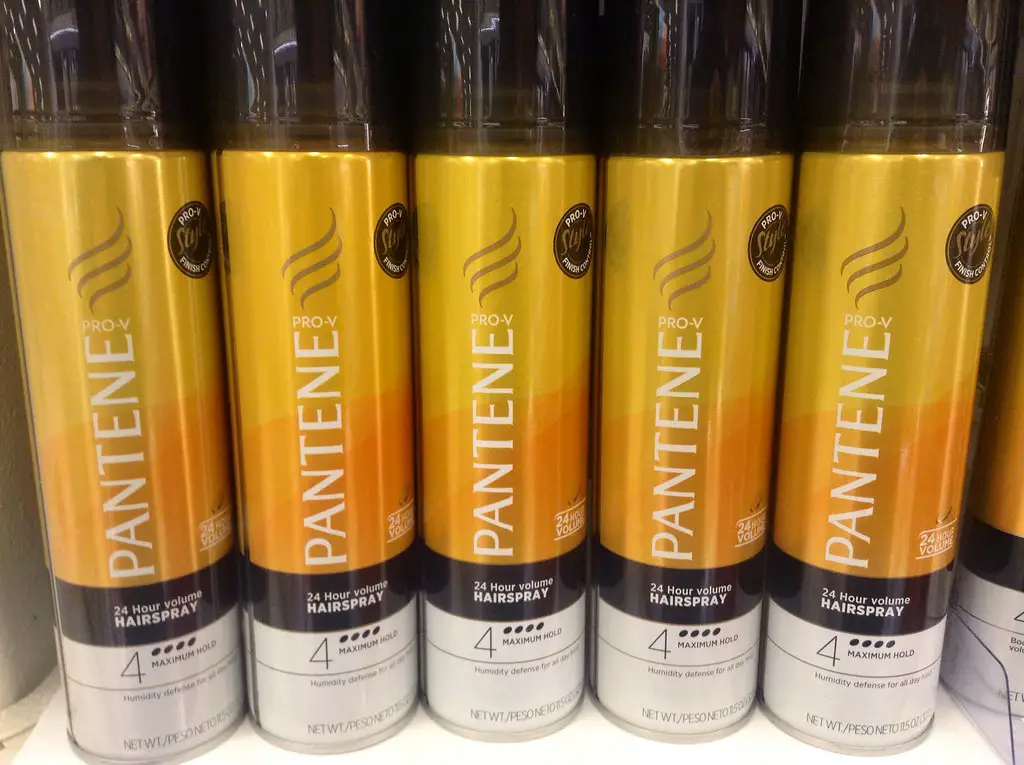
Before stain sticks were a thing, every mom had a can of Aqua Net ready to battle ink mishaps. The alcohol in hairspray was believed to break down ink pigments, making it a go-to for ballpoint disasters. But as noted by Good Housekeeping, modern hairsprays contain far less alcohol than older formulas, making them ineffective and sometimes messier. Instead of removing stains, you just ended up with sticky ink smears.
Ink stains are tough, but rubbing alcohol or commercial stain removers designed for fabric actually do the job without leaving a film. If your parent ever sprayed your jeans with hairspray and then tossed them in the wash, you probably remember that didn’t end well. The advice was based on outdated formulas that simply don’t hold up today. Now it’s just an old-school tip that needs to be retired.
4. WD-40 to Fix Squeaky Doors—and Everything Else
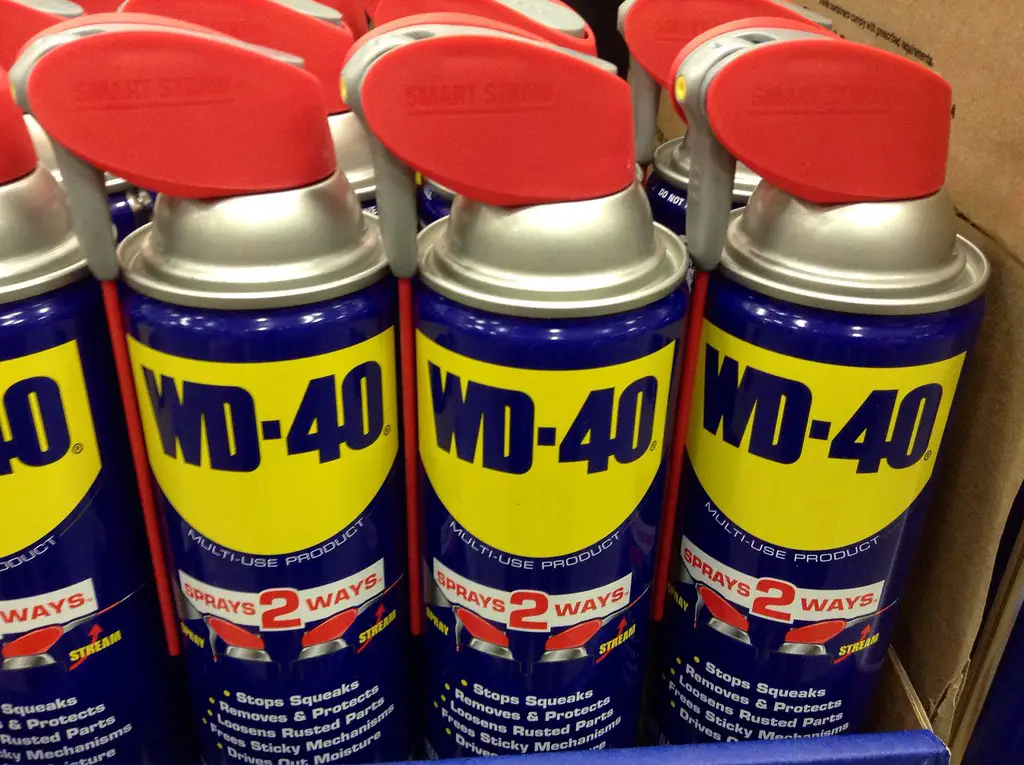
WD-40 was basically a cure-all in many homes: squeaky hinges, stuck zippers, sticky drawers—you name it. But while it can silence a squeak temporarily, Popular Mechanics points out it’s more of a solvent than a lubricant, which means it wears off quickly and attracts dust. That actually makes things worse over time, especially in hinges or locks. It’s more like giving the problem a temporary nap rather than a real solution.
For long-term fixes, silicone spray or white lithium grease is much better for door hardware. WD-40’s appeal was its versatility, but not everything should be drowned in it. Your dad might have treated it like duct tape in liquid form, but some tasks need more precision. Sometimes “the fix” becomes the reason you’re fixing it again a week later.
5. Vinegar on Natural Stone
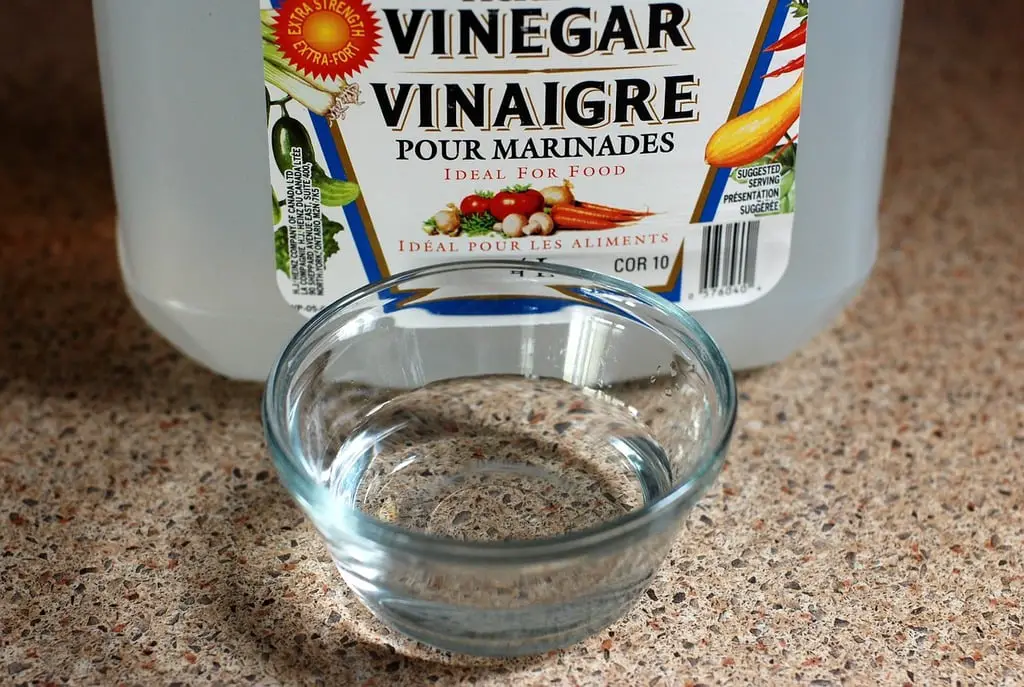
Vinegar is the holy grail of household DIY cleaners—but it’s a nightmare on granite or marble. The acid in vinegar can dull stone surfaces and break down their sealant, making them more prone to staining and scratching. Plenty of well-meaning parents sprayed it straight on kitchen counters, thinking it was “natural” and safe. But modern cleaning guidelines say otherwise.
Instead, natural stone requires a pH-neutral cleaner or just warm water and a soft cloth. Using vinegar may leave things looking dull and etched over time. If your counters went from glossy to chalky, now you know why. Vinegar has its place—but not on stone.
6. Nail Polish to Stop Runs in Tights
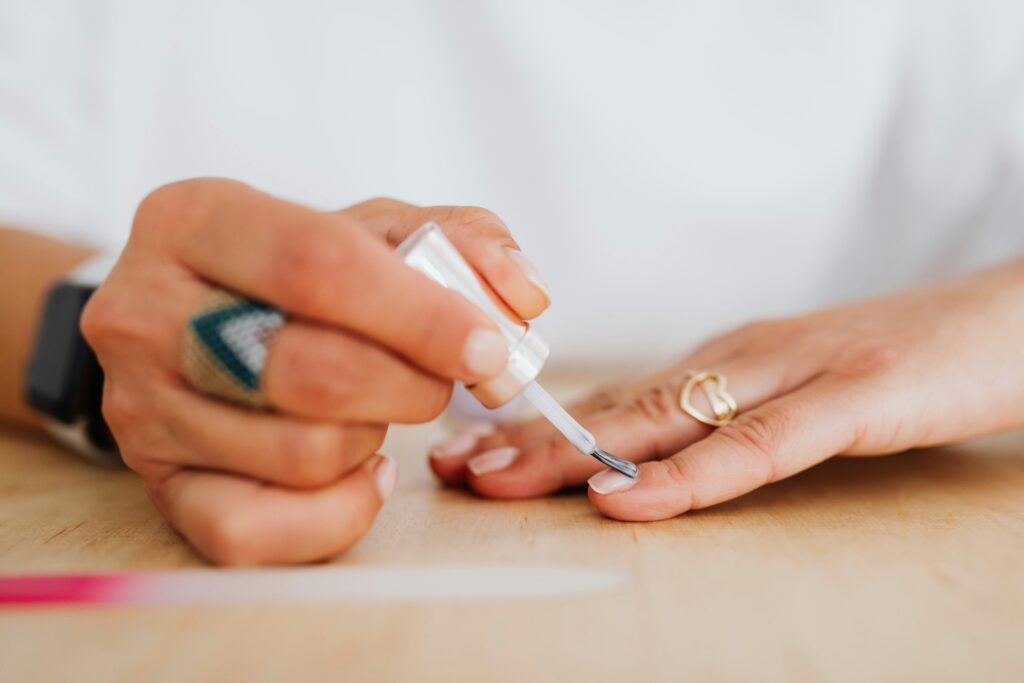
A tiny bottle of clear nail polish lived in every drawer, purse, and glovebox—for runs in tights, obviously. It seemed like a miracle: dot a little polish on the run, and boom, it stops spreading. But the fix was temporary at best and often made things worse by stiffening the fabric or adding a sticky sheen. You were basically gluing your tights together.
The polish could actually lead to cracking or tearing once it dried and flexed with wear. A better method? Try a bit of hairspray or, even better, don’t wear cheap tights. Sometimes the best fix is buying thicker, higher-quality hosiery to start with.
7. Butter on Burns
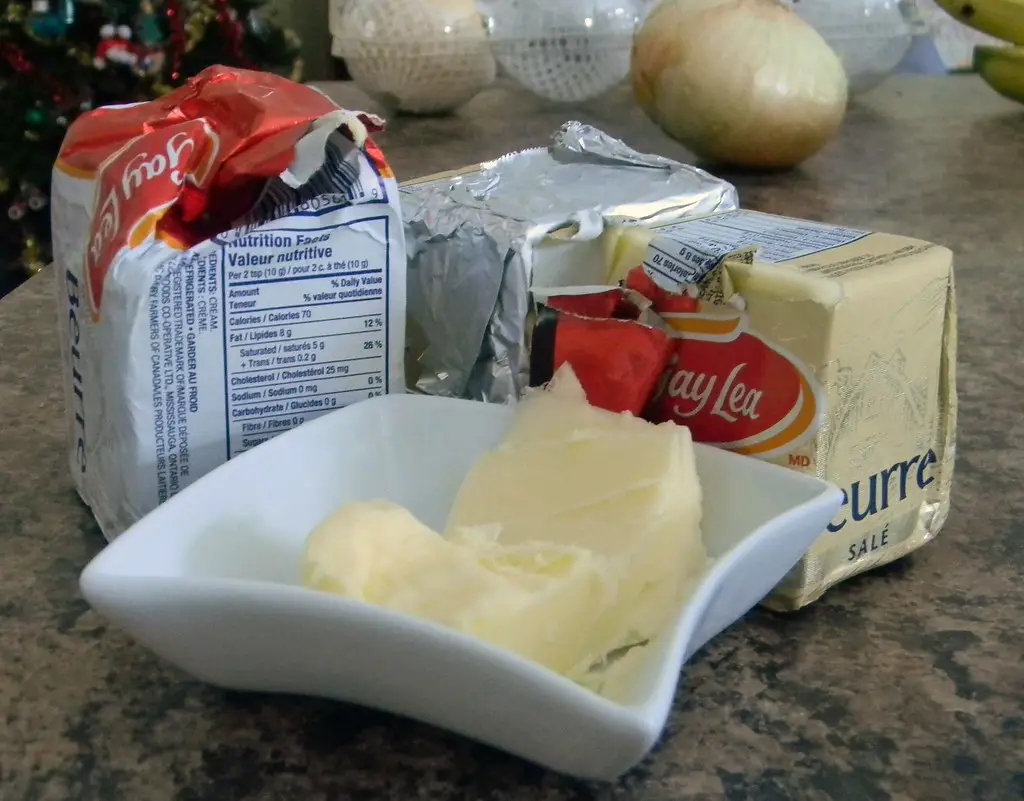
Yes, seriously—some parents believed applying butter to a kitchen burn would “soothe” it and keep it from blistering. In reality, that traps heat in the skin and increases the risk of infection. The American Academy of Dermatology strongly advises against this practice. But for decades, butter was the go-to burn salve in many homes.
Running cool (not cold) water over the area is the best first step, followed by sterile, fragrance-free burn ointment. Butter only makes things greasy and bacteria-prone. Your parents meant well—but a stick of butter belongs on toast, not your skin. This is one “cure” best left in the fridge.
8. Dryer Sheets in Air Vents
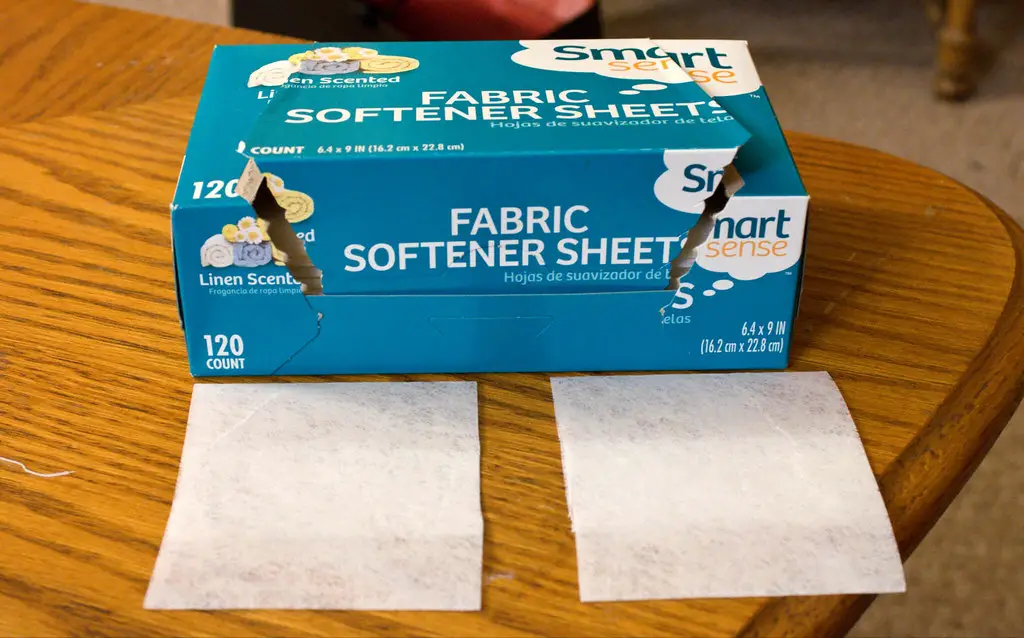
Some DIY tips suggested putting scented dryer sheets in HVAC vents to make the house smell fresh. While it might have given the air a nice boost of “fresh linen” for a day or two, it also restricted airflow. Worse, dryer sheets aren’t designed for heating systems and can break down, releasing particles into the air. It’s a fire hazard in some cases.
Scented air filters or essential oil diffusers are a much safer and more effective option. If your childhood home always smelled like April Fresh, this might’ve been why. But that comforting scent came at the cost of airflow and possible long-term damage. What smelled good wasn’t necessarily good for the system.
9. Duct Tape on Window Drafts

Duct tape was the Swiss Army knife of household repairs—especially when winter drafts crept in. It was slapped over every crack in the window frame with the confidence of someone solving a national crisis. But it didn’t seal anything properly, and after a week, it would peel, leave sticky residue, or fall off completely. A short-term bandage at best.
Weatherstripping or foam insulation tape does the job much more effectively. And it doesn’t look like you’re holding your house together with a hostage ransom note. Duct tape is great for a lot of things, but permanent insulation is not one of them. Drafts need sealing, not sticking.
10. Using Lemon Juice to Clean Faucets
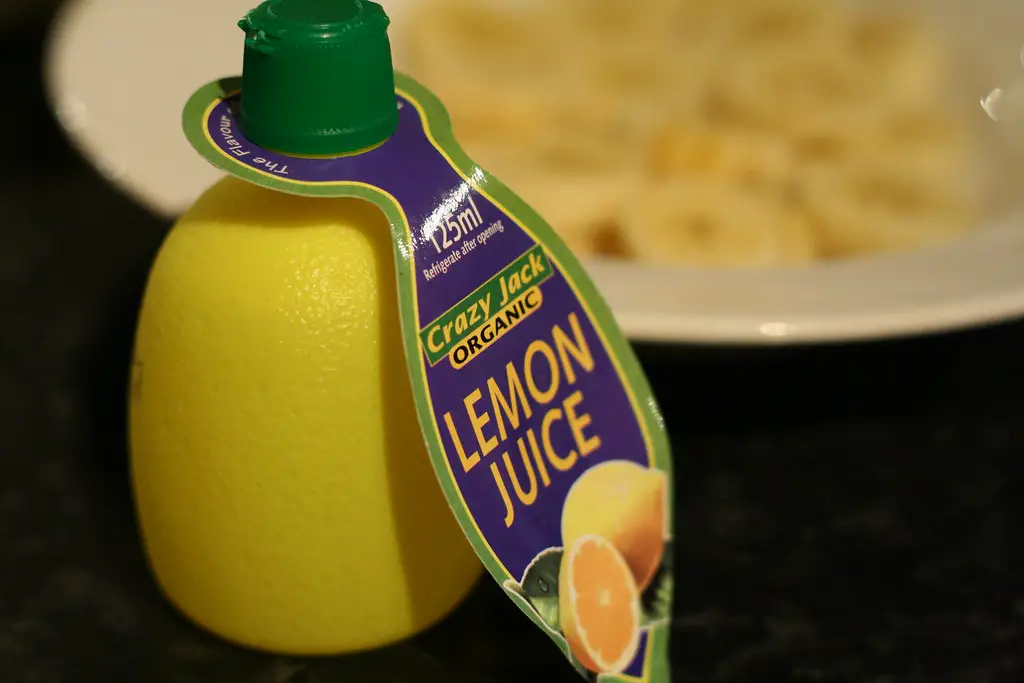
Lemon juice sounds like a clean, natural fix for hard water stains and soap scum. And while it can work on some surfaces, its acidity makes it risky for chrome or nickel fixtures. It can lead to pitting or corrosion, especially if left on too long. Not exactly the sparkling result you were going for.
Your parents likely thought lemon meant “safe,” but it’s really better suited for baking or microwaves than metals. Non-abrasive cleaner and microfiber cloths work wonders without causing damage. Leave the lemons in the fruit bowl, not the bathroom. Your faucets will thank you.
11. Carpet Powder for “Deep Cleaning”
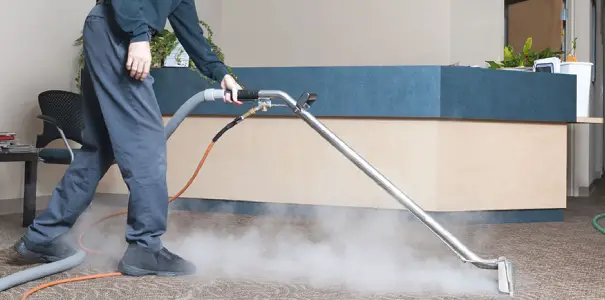
Those scented powders promised to absorb smells and freshen up old rugs. But the gritty texture often stayed behind even after vacuuming, especially in high-pile carpets. Over time, it could wear down carpet fibers or clog vacuum filters. It made things smell better—but not necessarily cleaner.
Today’s advice is to go easy on powders and use them only occasionally. Enzyme sprays or steam cleaning are more effective for deep cleaning. Your parents may have dusted half a box onto the rug, but that method was more perfume than purity. Fresh scent doesn’t mean fresh carpet.
12. Using Bar Soap on Mirrors to Prevent Fog
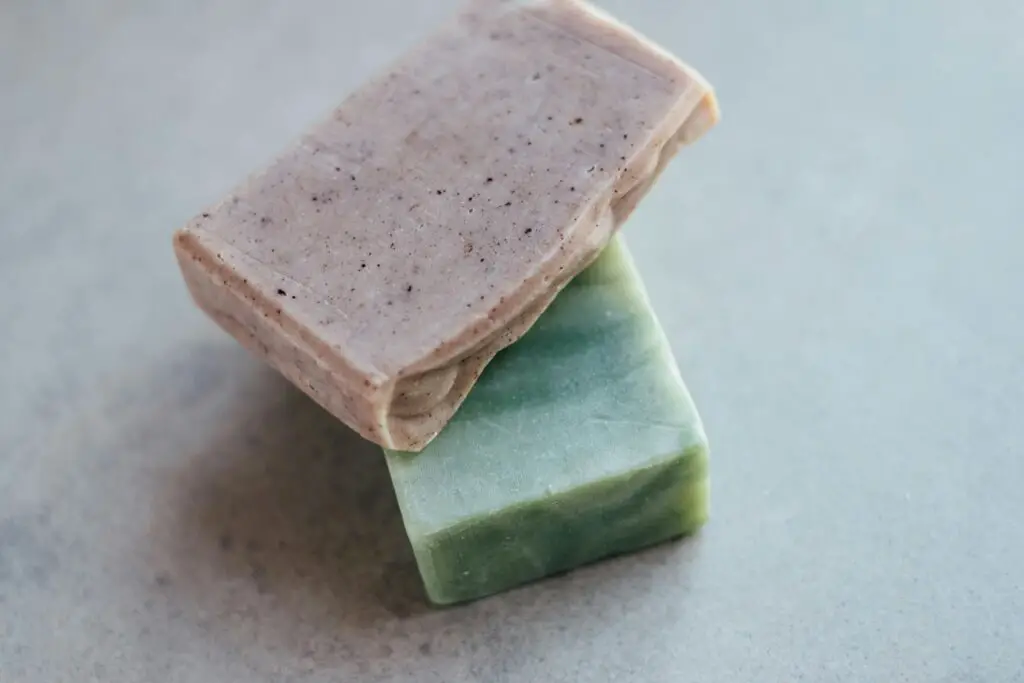
This one was practically folklore: rub a dry bar of soap on the mirror, wipe it off, and allegedly enjoy fog-free post-shower reflections. It kind of worked—until the residue left behind built up and dulled the glass. After a few applications, your mirror looked more cloudy than clear. It was a short-term hack with long-term grime.
Modern anti-fog sprays or even shaving cream do the job better and cleaner. Your parents might’ve thought they were being resourceful, but the soap method often led to more wiping than solving. You don’t want to clean a mirror before you can even use it. Sometimes a good squeegee wins.
